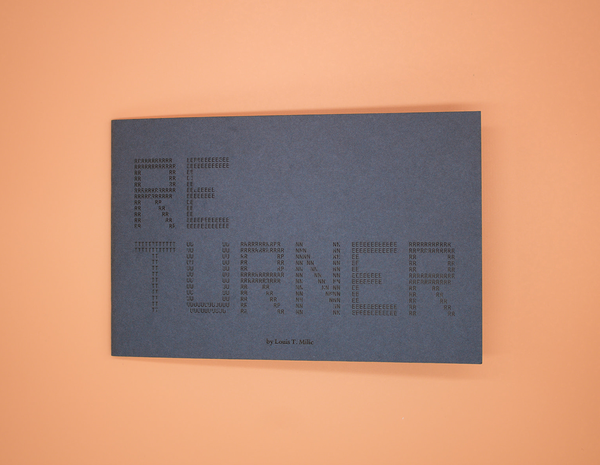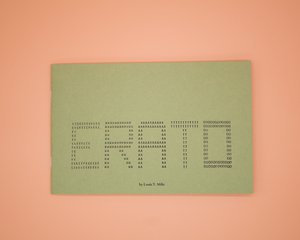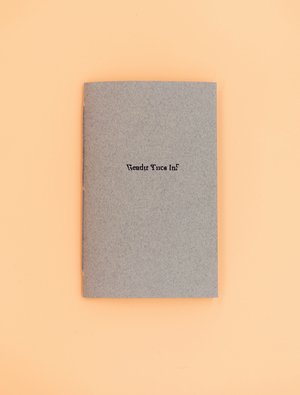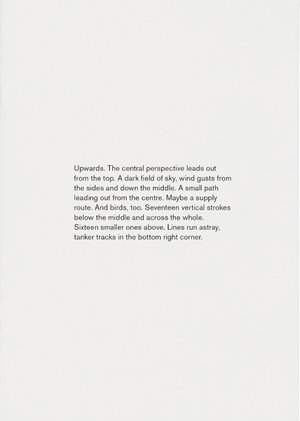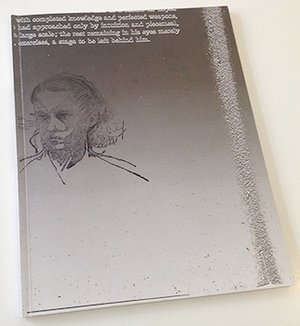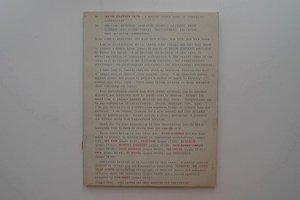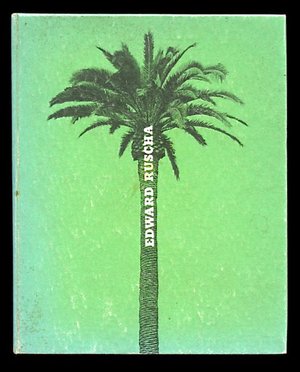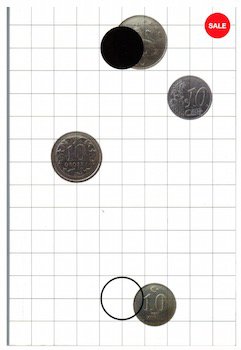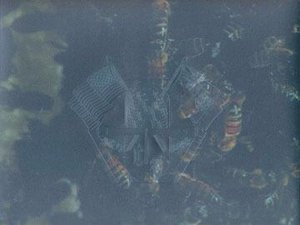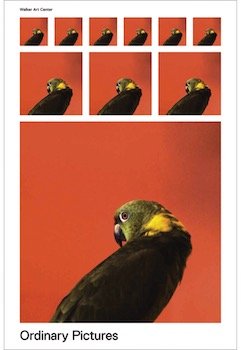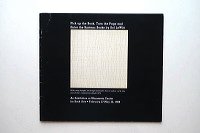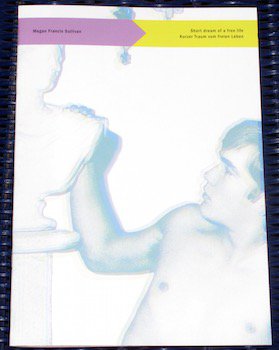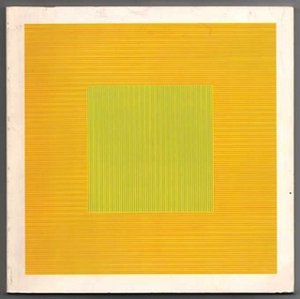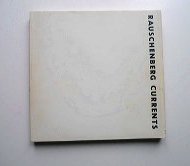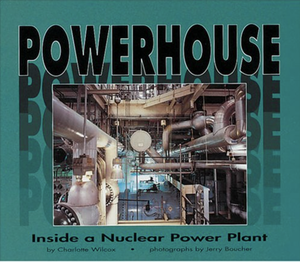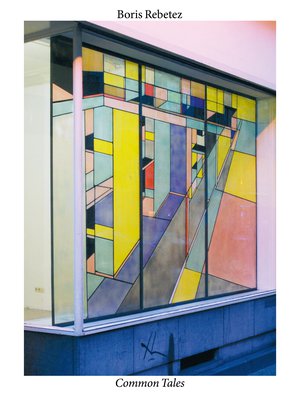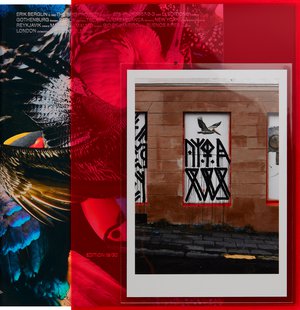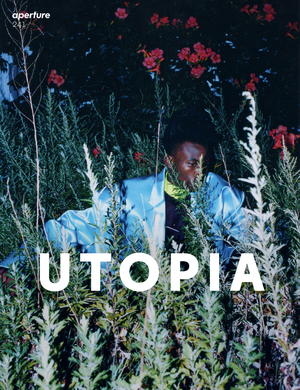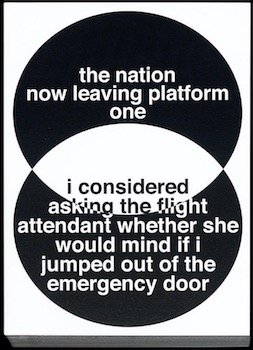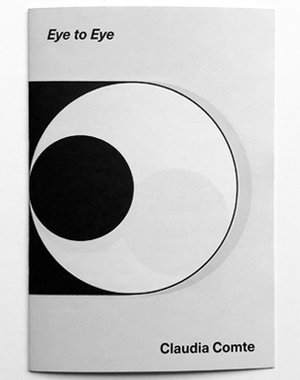Work Description
From the author's foreword: "The idea of programming a computer to generate poetry is not new. Originally, this idea took the form of a program to generate grammatical strings, or sentences indistinguishable from lines of poetry if semantic incompatibility were ignored. A number of simple attempts to produce verse were made, but the results had very little theoretical interest and no poetic value. More than one critic cast discredit on the entire notion of computer poetry. Yet a serious rationale can be found for such a project: the discovery of the nature of poetic constraints on the natural language base and the discovery of the relative complexity of each component. The purpose of RETURNER is more specific. By analyzing a particular poem, “Return” (1968) by Alberta T. Turner, and devising a suitable algorithm based on its vocabulary and structure, I expected to produce stanzas of a similar kind which could be arranged into the form of a poem like the original. I also expected that this task would gradually require the solution of a great variety of interesting problems in language synthesis. Work on the program was begun in September 1969 and finished on December 15, 1970. The earlier versions were run on the IBM 360/40 in the Cleveland State University Computer Laboratory. The later versions were run on the larger 360/50 which replaced it. The RETURNER program itself consists of 284 SNOBOL 4 instructions, which can generate one hundred short stanzas on the 360/50 in about ten minutes, or one stanza in about six seconds. Despite a tiresome lack of variety, both in syntax and in vocabulary, these synthetic stanzas have an unmistakable “poetic” quality and a family relation to the source poem. The poet herself has found this permutation of her artifact of sufficient interest to base a new set of poems on the constructions produced by RETURNER, two of which appear later in this booklet. It would be too simple to ascribe this effect merely to the presence of the same words in “Return” as in RETURNER. Nor do we believe any longer in such a thing as a poetic diction, unless a diction is poetic which collocates crowbars with kittens, dogs and staggering. The unexpected collocations of poets like Dylan Thomas have perhaps oriented us to a different conception of poetic texture or a different sound of the poet’s voice. A consideration of the problems involved in generating computer poetry alerts us to the curious behavior of familiar words in unfamiliar combinations or contexts. We perceive how readily we accept metaphor as an alternative to calling a sentence nonsensical. We tend, that is, always to try to interpret an utterance by making whatever concessions are necessary on the assumption that the writer had something in mind of which the utterance is the sign. Of course, this is inappropriate when the speaker is a computer. The consequence seems to be the demolition of the critical axiom that the poem is sufficient. If we are not to waste our time in vain interpretation we must now ask a new question before beginning an exegesis: Who or what wrote this poem? The problem, however, will not arise in a serious form until computer poetry becomes somewhat better than it has been until now."
Notes
Submitted by the publisher, Aleator Press.
Publisher Note
This booklet imagines how a sequel to Louis T. Milic’s Program ERATO (1971), one of the earliest published volumes of computer poetry, might have looked. While Milic developed at least four poetry generators, only ERATO’s outputs were graced with a dedicated volume. This is especially curious in that Milic’s most ambitious undertaking was not ERATO, but rather a system called RETURNER — the subject of this speculative edition.
Aleator Press has taken special care to make this booklet look and feel like a sequel to Program ERATO: the original edition that was published by The Cleveland State University Poetry Center in 1971, but also our own facsimile edition of 2020 (Regenerators Series No. 1). Milic created the RETURNER program to synthesize stanzas similar in form to those of Alberta T. Turner’s poem “Return” (1968). Fascinatingly, RETURNER enchanted Turner to such a degree that she was compelled to create new poems that were inspired by its generated outputs. In her words, she “re-turned” the RETURNER content. This booklet contains one hundred stanzas produced by RETURNER, along with “Return” and two of Turner’s post-computational explorations, “Hoeing Song” and “Season.” It also features a foreword by Milic and an afterword by Turner — these were distilled from their original writings on these projects. This edition has been approved by the Louis T. Milic estate, and Alberta T. Turner’s poems are reprinted here with the permission of her estate.
This speculative booklet appears in an edition of 216 copies, which corresponds to the number of possible outcomes of a roll of three dice. Each copy is hand-stamped with one of these unique dice rolls, and as such, the booklets are enumerated using a bijective senary notation.
Program RETURNER is the second offering in our Regenerators series, which comprises reprints of scarce early volumes of computer-generated literature, as well as speculative editions that imagine artful publications in this area that could have appeared, but never did — until now.
Source
Program RETURNER
— For Generating Stanzas in Imitation of Alberta T. Turner’s “Return”
by Louis T. Milic
| Publisher |
|
|---|---|
| Release Place | Minneapolis, Minnesota, United States of America |
| Edition | 1st edition |
| Release Date | October 2020 |
| Credits |
Author:
Designer:
Printer:
Afterword:
Foreword:
Artist:
|
| Series | Regenerators, 2 |
| Printrun | 216 |
| Original Price | 20.00 USD |
| Work | |
|---|---|
| Subform | Chapbook |
| Style/Movement | Computer Poetry |
| Genre/Content Form | Computer Poetry |
| Methods | Computer-Generated |
| Language | English |
| Work Creation Date | 1970 |
Web references
Publisher's Release Page